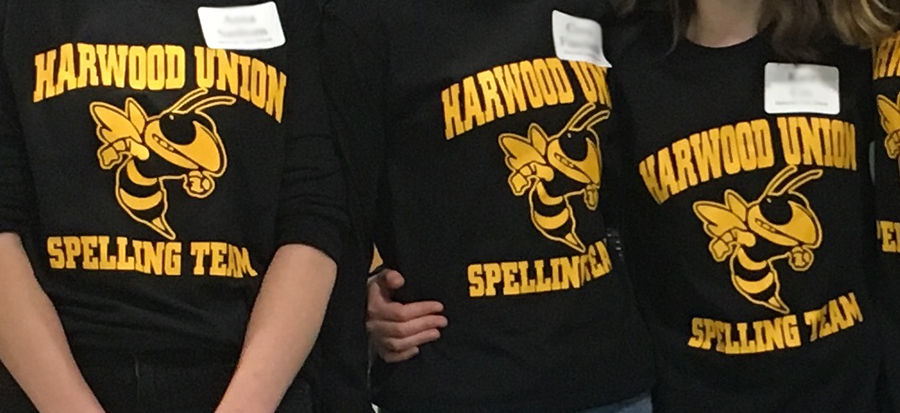In this second article on the Flexible Pathways program at Harwood Union High School, The Valley Reporter explores the different programs that Harwood students are offered.
When Harwood guidance counselors meet with their students for the first time, they inform the students about the Flexible Pathways Initiative and how it can be incorporated in the students’ four-year plan.
“Harwood Union school counselors meet with students to develop their four-year plan. During these meetings we describe the variety of choices students have during their time at Harwood Union. Providing students and families with information is important to the four-year planning process,” said Sally McCarthy, director of school counseling at Harwood.
In Vermont, the Flexible Pathways Initiative was adopted by the Legislature in 2013. It’s a program that allows students different paths to finishing high school, including taking a few college courses while still in high school, taking college courses full time or working in a business part time to learn about the industry while attending school. Currently, Harwood has 20 seniors enrolled in the Flexible Pathways program.
Another way that Harwood promotes this learning opportunity is by holding a panel for students and families.
“Each year in collaboration with the Harwood Union Next Step Program we offer a panel presentation that includes students who have participated in internships, independent studies, career and technical, dual enrollment and early college,” said McCarthy.
This allows students to better understand each program and get a prior student’s perspective.
“After they (the students) finish their sophomore year and these Flexible Pathways are most available to our juniors and seniors. It is represented and explained in our program of studies that all high school students receive in preparation for course registration,” said Harwood Principal Lisa Atwood.
The Flexible Pathways Initiative, created by Act 77 in 2013, encourages schools to promote a different learning opportunity outside of a generic classroom.
From the VT Agency of Education website, “Flexible Pathways also promote opportunities for Vermont students to achieve postsecondary readiness through high-quality educational experiences that acknowledge individual goals, learning styles, and abilities; and increase the rates of secondary school completion and postsecondary continuation in Vermont.”
Other examples of the Flexible Pathways Initiative are the Career and Technical Education (CTE) learning, work-based learning and dual enrollment.
CTE encourages student learning in economic development and sustainability and introduces students to live business industries in hopes of preparing them for future careers.
Dual enrollment allows a student to remain at their high school and graduate with their class while taking up to two college courses. Students can participate in these courses online at their high school or on the college campus, attending their high school part time.
Work-based learning is another opportunity where students can interact with industry or community professionals in a real-life work environment that allows students a look into the business.
Students who are in the program currently and those who are interested in participating in a pathway along with those not interested will be interviewed for the next article in the series.
PREVIOUS STORY: HU students explore Flexible PathwaysHU students explore Flexible Pathways







